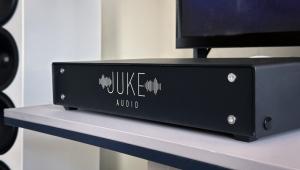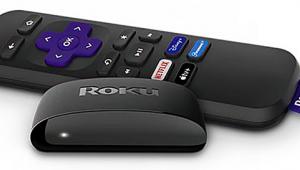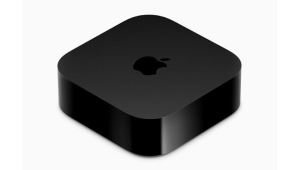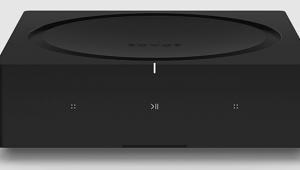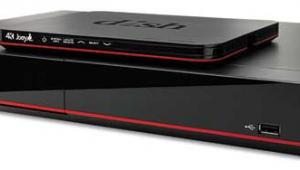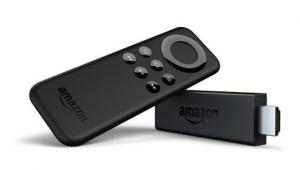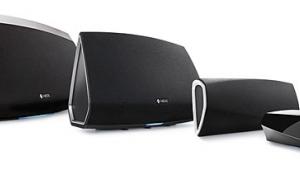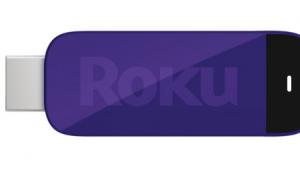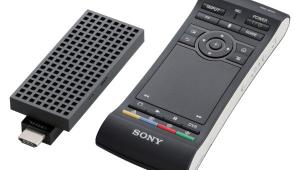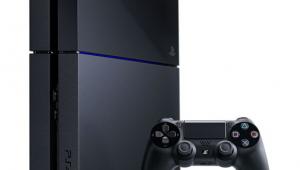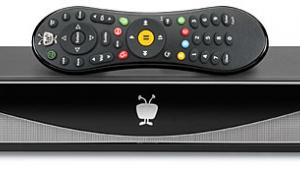Significant fact that Bluesound needs to be held accountable for. To encourage users to upgrade to the 2021 model from the previous 2i, Bluesound promoted that this generation would offer usb audio out functionality via firmware update shortly after release. Apparently this was a bold faced lie as it's still not be implemented and customers are not being given a date when it will be made available. This is a bad look for a company that already needed to improve it's customer service/responsiveness.
Bluesound Node Streaming DAC Review Page 2
Once all the hardware options are configured, you next add streaming services by selecting them in the app and entering your login info. Tidal, Qobuz, Amazon Music, Spotify Connect, Deezer, Neil Young Archives, nugs.net, TuneIn Radio, and SiriusXM radio are just some of the many options available via BluOs. The Node is Roon Ready (for use with Roon music management and library software) and can also stream over a local network using SMB file sharing. Its DAC supports up to 24-bit/192kHz FLAC, WAV, AIFF, and ALAC files. Lastly, MQA decoding is onboard for Tidal HiFi and nugs.net subscribers.
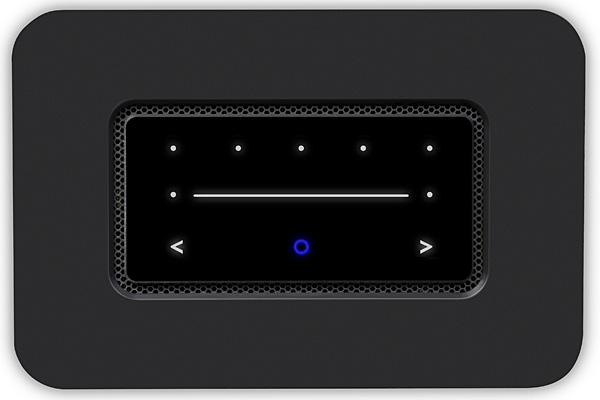
Performance
I started out my listening session with the Node by streaming "Lambent Rag" (24-bit/44.1kHz FLAC, Tidal) by electronic musician/producer Clark. The piano here had a full quality, while the song's percussive elements (presumably the close-miked string hammers in the instrument's interior) had a dynamic, driving sound. At the track's climax, the whole thing starts to sound like a Philip Glass composition tossed into a blender, and its presentation with the Node handling decoding duties was impressively wide and enveloping.
Having recently compared the Atmos mix of Steven Wilson's track "King Ghost" from his album The Future Bites (24/96 FLAC, Qobuz) with the plain-vanilla stereo version, I was impressed by how spacious the stereo track sounded in my home theater. Listened to now on my music-only system with the Node plugged in, I heard clear delineation between the various vocal strains, including Wilson's near-spoken-word delivery, a soaring falsetto during the chorus, and sampled dialogue. Synthesizers also had a rich, pulsing quality, and the dense, tall, IMAX-like sonic presentation I heard in my theater was retained.
Switching to jazz, I next streamed "Boo's Blues" by guitarist Julian Lage (24/96 FLAC, Tidal). The Node faithfully conveyed this track's slightly echo-y "nightclub" ambience. Drums sounded crisp and dynamic, and Lage's electric guitar came across clean but also with a fair amount of texture during the more aggressive sections of his solos.
While many listeners will opt to use the Node's digital connections, its built-in DAC means owners of older gear—a group referenced in this review's intro—can take advantage of the analog outputs to integrate it with their system. When I compared the Node's DAC with the one in the Hegel integrated amp, I found that the Hegel revealed a bit more dynamic drum-kit snap on the track "Woodstock" by jazz supergroup Hudson, though the shimmering overtones of cymbals were cleanly rendered by both. And on tracks with female vocals like Mazzy Star's "Flowers in December," Hope Sandoval's singing was more smoothly integrated via the Hegel, while the Node tended to push it further out in the mix. When I spun vinyl from my collection using the Node's analog input, I found the sound quality was transparent enough to illuminate clear differences between the original LP of George Harrison's All Things Must Pass and the new 50th Anniversary Remix version of the same.
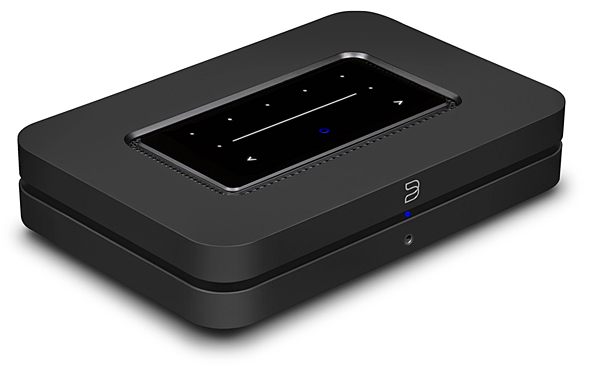
In the end, I preferred the sound with the $4,000 Norwegian integrated amp handling digital-to-analog decoding, but the Node's performance was nonetheless impressive given its $599 price.
Conclusion
Bluesound's new Node is a highly affordable streaming DAC with plentiful connection options, including HDMI eARC for a TV and a configurable subwoofer output. Its compact design and excellent control app make it easy to integrate with an existing system for adding top-tier streaming features, including multiroom high-res music distribution. The sound quality is very good for a $599 streaming DAC,while features like AirPlay 2 and two-way Bluetooth aptX HD streaming plus Amazon Alexa and Google Voice control support make it easy to get music playback up and running instantly. But the best part about the Node is that it links your audio system with the BluOS universe, which turns out to be an expansive one indeed.
- Log in or register to post comments


This would make a pretty cost effective streamer to a higher end DAC with a USB out. I have used an original Node 2 as a streamer and a USB out would have sounded so much better than using optical or coax.

Bluesound is to be commended for packing so much into this streamer and keeping it affordable. Only a few other companies seem to offer "high value" streamers Cambridge Audio and Cocktail Audio come to mind. Of those two other nameplates it is the Cocktail Audio N25 I would most like to have a comparison to the Bluesound be made available. The N25, while roughly twice the price (i.e, more money but still affordable) might well be the sweetspot of affordable audiophile approved streaming. Think about a review of the N25 with a comparison.

We have purchased two Node2 units retail and received a third as a warranty replacement from Bluesound. Over time, all three units became non responsive, displaying a solid red LED. Following recommended procedures from BS tech support was unsuccessful. All three are now worthless bricks.
We really did enjoy the BS units, when functional. The sound quality was, for the money, hard to beat, whether using analog outputs or feeding an external DAC (Simaudio 280D).
But after three failures, never again …

